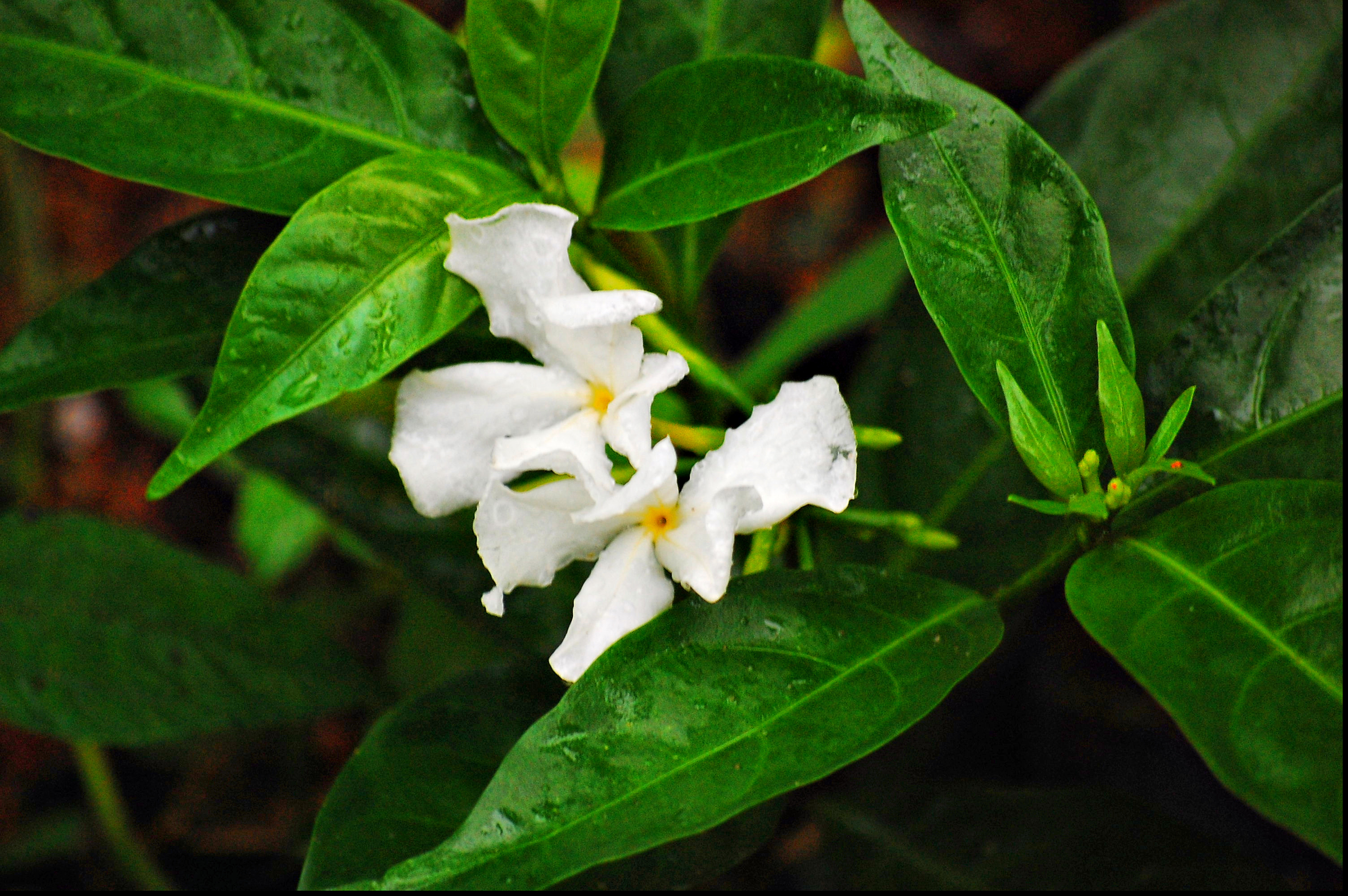|
Conofoline
Conofoline is an alkaloid of the vinca alkaloid class which is closely related to conophylline. It is found in the leaves of some species in the genus ''Tabernaemontana'', including ''Tabernaemontana divaricata'', and in '' Ervatamia peduncularis''. See also * Conolidine * Conopharyngine Conopharyngine is the major alkaloid present in the leaves and stem-bark of '' Tabernaemontana pachysiphon'' and '' Conopharyngia durissima''. It is closely related voacangine and coronaridine. Conopharyngine pseudoindoxyl, a derivative of it, ... References Indolizidines Indolines Carbazoles Heterocyclic compounds with 6 rings Epoxides Methoxy compounds {{alkaloid-stub ... [...More Info...] [...Related Items...] OR: [Wikipedia] [Google] [Baidu] |
Conolidine
Conolidine is an indole alkaloid. Preliminary reports suggest that it could provide analgesic effects with few of the detrimental side-effects associated with opioids such as morphine, though at present it has only been evaluated in mouse models. Conolidine was first isolated in 2004 from the bark of the ''Tabernaemontana divaricata'' (crepe jasmine) shrub which is used in traditional Chinese medicine. The first asymmetric total synthesis of conolidine was developed by Micalizio and coworkers in 2011. This synthetic route allows access to either enantiomer (mirror image) of conolidine via an early enzymatic resolution. Notably, evaluation of the synthetic material resulted in the discovery that both enantiomers of the synthetic compound show analgesic effects. Syntheses The Micalizio route (2011) achieved the end product in 9 steps from a commercially available acetyl-pyridine. Notable reactions include a ,3Still-Wittig rearrangement and a conformationally-controlled int ... [...More Info...] [...Related Items...] OR: [Wikipedia] [Google] [Baidu] |
Conophylline
Conophylline is a autophagy inducing vinca alkaloid found in several species of ''Tabernaemontana'' including '' Ervatamia microphylla'' and ''Tabernaemontana divaricata''. Among its many functional groups is an epoxide: the compound where that ring is replaced with a double bond is called conophyllidine and this co-occurs in the same plants. History Conophylline and conophyllidine were first reported in 1993 after isolation from the ethanol extract of leaves of ''Tabernaemontana divaricata''. Their structures were confirmed by X-ray crystallography. The class of vinca alkaloids to which these compounds belong also contains vincristine and vinblastine, well-known therapeutic agents for human cancers, so they were candidates for a number of biochemical assays to see if they had useful biological activity. By 1996, conophylline it had been reported to inhibit tumours in rats by its action on Ras-expressing cells. This finding did not lead to a useful drug but the molecule continues t ... [...More Info...] [...Related Items...] OR: [Wikipedia] [Google] [Baidu] |
Alkaloid
Alkaloids are a class of basic BASIC (Beginners' All-purpose Symbolic Instruction Code) is a family of general-purpose, high-level programming languages designed for ease of use. The original version was created by John G. Kemeny and Thomas E. Kurtz at Dartmouth College ..., natural product, naturally occurring organic compounds that contain at least one nitrogen atom. This group also includes some related compounds with neutral and even weakly acidic properties. Some synthetic compounds of similar structure may also be termed alkaloids. In addition to carbon, hydrogen and nitrogen, alkaloids may also contain oxygen, sulfur and, more rarely, other elements such as chlorine, bromine, and phosphorus.Chemical Encyclopedia: alkaloids xumuk.ru Alkaloids are produced by a large variety of organisms includi ... [...More Info...] [...Related Items...] OR: [Wikipedia] [Google] [Baidu] |
Vinca Alkaloid
''Vinca'' alkaloids are a set of anti-mitotic and anti-microtubule alkaloid agents originally derived from the periwinkle plant '' Catharanthus roseus'' (basionym ''Vinca rosea'') and other ''vinca'' plants. They block beta-tubulin polymerization in a dividing cell. Sources The Madagascan periwinkle '' Catharanthus roseus'' L. is the source for a number of important natural products, including catharanthine and vindoline and the vinca alkaloids it produces from them: leurosine and the chemotherapy agents vinblastine and vincristine, all of which can be obtained from the plant. The newer semi-synthetic chemotherapeutic agent vinorelbine is used in the treatment of non-small-cell lung cancer and is not known to occur naturally. However, it can be prepared either from vindoline and catharanthine or from leurosine, in both cases by synthesis of anhydrovinblastine, which "can be considered as the key intermediate for the synthesis of vinorelbine." The leurosine pathway uses t ... [...More Info...] [...Related Items...] OR: [Wikipedia] [Google] [Baidu] |
Tabernaemontana
''Tabernaemontana'' is a genus of flowering plants in the family Apocynaceae. It has a pan-tropical distribution, found in Asia, Africa, Australia, North America, South America, and a wide assortment of oceanic islands. These plants are evergreen shrubs and small trees growing to 1–15 m tall. The leaves are opposite, 3–25 cm long, with milky sap; hence it is one of the diverse plant genera commonly called "milkwood". The flowers are fragrant, white, 1–5 cm in diameter. The cultivar '' T. divaricata'' cv. 'Plena', with doubled-petaled flowers, is a popular houseplant. Some members of the genus ''Tabernaemontana'' are used as additives to some versions of the psychedelic drink ayahuasca; the genus is known to contain ibogaine (e.g. in bëcchëte, ''T. undulata''), conolidine (present in minor concentration in ''T. divaricata'') and voacangine ('' T. alba'', '' T. arborea'', '' T. africana''). Because of presence of coronaridine and voacangine in Mexican ''Ta ... [...More Info...] [...Related Items...] OR: [Wikipedia] [Google] [Baidu] |
Tabernaemontana Divaricata
''Tabernaemontana divaricata'', commonly called pinwheel flower, crape jasmine, East India rosebay, and Nero's crown, is an evergreen shrub or small tree native to South Asia, Southeast Asia and China. In zones where it is not hardy it is grown as a house/glasshouse plant for its attractive flowers and foliage. The stem exudes a milky latex when broken, whence the name milk flower. Description The plant generally grows to a height of and is dichotomously branched. The large shiny leaves are deep green and about in length and in width. The waxy blossoms are found in small clusters on the stem tips. The (single) flowers have the characteristic 'pinwheel' shape also seen in other genera in the family Apocynaceae such as ''Vinca'' and '' Nerium''. Both single and double-flowered forms are cultivated, the flowers of both forms being white. The plant blooms in spring but flowers appear sporadically all year. The flowers have a pleasing fragrance. More than 66 alkaloids are found i ... [...More Info...] [...Related Items...] OR: [Wikipedia] [Google] [Baidu] |
Ervatamia Peduncularis
''Tabernaemontana peduncularis'' is a species of plant in the family Apocynaceae. at www.theplantlist.org. It is found in and western Malaysia
Malaysia ( ; ) is a country in Southeast Asia. The federation, federal constitutional monarchy consists of States and federal territories of Malaysia, thirteen states and three federal territories, separated by the South China Sea into two r ... .
References p ...[...More Info...] [...Related Items...] OR: [Wikipedia] [Google] [Baidu] |
Conopharyngine
Conopharyngine is the major alkaloid present in the leaves and stem-bark of '' Tabernaemontana pachysiphon'' and '' Conopharyngia durissima''. It is closely related voacangine and coronaridine. Conopharyngine pseudoindoxyl, a derivative of it, is also found in the same plant ''Tabernaemontana pachysiphon''. Pharmacology It possess central nervous system stimulant activity and produces bradycardia and hypotension in cats. It has weak acetylcholinesterase inhibitory activity and significantly increases hexobarbitone induced sleeping time. Toxicity It has low intravenous toxicity in mice (LD50 = 143 mg/kg). See also * Ibogaline Ibogaline is an alkaloid found in ''Tabernanthe iboga'' along with the related chemical compounds ibogaine, ibogamine, and other minor alkaloids. It is a relatively smaller component of ''Tabernanthe iboga'' root bark total alkaloids (TA) conten ... References Alkaloids found in Iboga Methoxy compounds Heterocyclic compounds with 5 ... [...More Info...] [...Related Items...] OR: [Wikipedia] [Google] [Baidu] |
Heterocyclic Compounds With 6 Rings
A heterocyclic compound or ring structure is a cyclic compound that has atoms of at least two different elements as members of its ring(s). Heterocyclic chemistry is the branch of organic chemistry dealing with the synthesis, properties, and applications of these heterocycles. Examples of heterocyclic compounds include all of the nucleic acids, the majority of drugs, most biomass (cellulose and related materials), and many natural and synthetic dyes. More than half of known compounds are heterocycles. 59% of US FDA-approved drugs contain nitrogen heterocycles. Classification The study of heterocyclic chemistry focuses especially on unsaturated derivatives, and the preponderance of work and applications involves unstrained 5- and 6-membered rings. Included are pyridine, thiophene, pyrrole, and furan. Another large class of heterocycles refers to those fused to benzene rings. For example, the fused benzene derivatives of pyridine, thiophene, pyrrole, and furan are quinoli ... [...More Info...] [...Related Items...] OR: [Wikipedia] [Google] [Baidu] |



